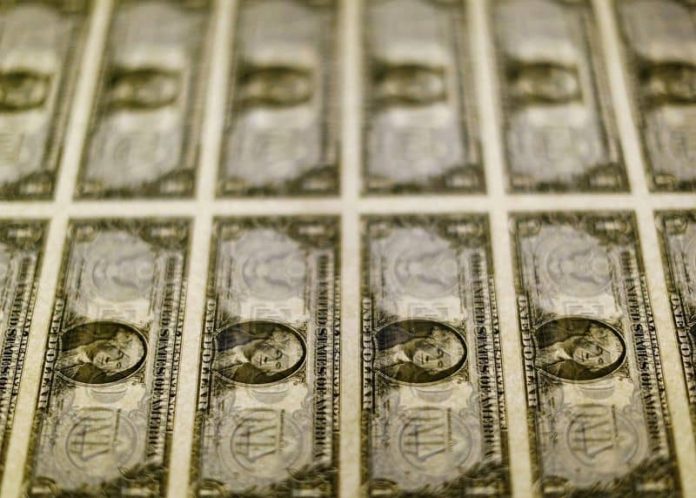LONDON (Reuters) -Market jitters over the United States debt ceiling lifted the cost of insuring exposure to its debt to the highest level in over a decade on Thursday, while JPMorgan (NYSE:JPM) warned of a “non-trivial risk” of a technical default on U.S. Treasuries.
Spreads on U.S. five-year credit default swaps – market-based gauges of the risk of a default – widened to 49 basis points, data from S&P Global (NYSE:SPGI) Market Intelligence showed, more than double the level they stood at in January.
A showdown over U.S. government efforts to raise the $31.4 trillion debt ceiling for the world’s largest economy have sent jitters through global financial markets.
JPMorgan said in a note published late Wednesday it expected the debt ceiling to become an issue as early as May, and that the debate over both the ceiling and the federal funding bill would run “dangerously close” to final deadlines.
The bank’s U.S. rates strategy team expects the Treasury could run out of available resources by mid-August.
“Signs of stress typically start in the T-bill market 2-3 months before the X-date given money market funds (MMF), which are large holders of T-bills, will begin to more actively advertise that they don’t hold any bills that mature over those dates,” JPMorgan said.
Treasury Secretary Janet Yellen is expected in the next few days to revise the X-date – the date by which the federal government can no longer meet all its obligations in full and on time absent actions by Congress – which is currently early June.
Yields on U.S. T-bills, the most sensitive to the debt ceiling debate, were again pushing higher as the deadline draws nearer. The 3-month T-bill yield rose to a new 22-year high of 5.318%, and was last up 9 basis points in London trade at 5.24%.
The debt ceiling is the maximum amount the U.S. government can borrow to meet its financial obligations. When the ceiling is reached, the Treasury cannot issue any more bills, bonds or notes. It can only pay Treasury bills (T-bills) through tax revenue.
Overnight data showed the latest intake of corporate and individual income taxes lifted the Treasury General Account to a closing balance of $252.55 billion after withdrawals.
“Today is another big day to watch as it will capture a portion of Tuesday’s deadline day tax flows, yet to be reported,” Deutsche Bank (ETR:DBKGn) analysts said in a note.




















